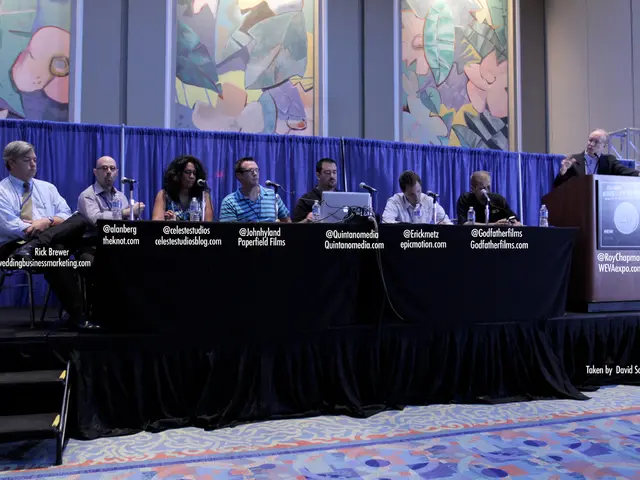Recognizing High Blood Pressure in Females: Here's a list of Symptoms to Look Out For
The Lowdown on High Blood Pressure for the Ladies
Blood pressure, a vital health indicator, isn't just a concern for the gents. Ladies, take note! A healthy reading typically hovers around 120/80 mmHg, although guidelines vary. The European Society of Cardiology considers readings within 120-139/70-89 mmHg as elevated. High blood pressure is officially diagnosed when it consistently exceeds 140/90 mmHg.
However, timing is crucial when measuring blood pressure. At least two checks during a doctor's visit are crucial to confirm high blood pressure, while home monitoring requires readings above 135/85 mmHg for seven consecutive days. On the other hand, a 24-hour ambulatory measurement is considered normal if the average stays below 130/80 mmHg.
Had enough numbers? Let's move on to symptoms. High blood pressure often goes unnoticed because of its subtle or even absent symptoms. However, women should be on the lookout for these red flags:
- Persistent headaches
- Frequent dizziness
- Recurring nosebleeds
- Ringing in the ears
- Vision problems
- Difficulty breathing
- Irritability or restlessness
- Trouble focusing
- Chest discomfort
Newcomers or additional symptoms, coupled with chest tightness, fluid retention, or reduced performance, might indicate not just high blood pressure but also an early stage of heart failure.
What triggers high blood pressure, often referred to as arterial hypertension? In around 95% of cases, no specific cause can be identified, known as "primary hypertension." Rare cases of "secondary hypertension" are due to underlying conditions like kidney damage, vascular diseases, or metabolic disorders.
Primary hypertension could be linked to factors like family history, obesity, sedentary lifestyle, high salt consumption, and excessive alcohol and stress. Secondary hypertension usually emerges from conditions like kidney disease, vascular issues, or metabolic disorders.
Fertile females also need to stay vigilant, as high blood pressure can crop up during pregnancy. If left untreated, it can pose threats to both mother and baby, potentially causing kidney and liver damage, seizures, premature placental abruption, and more.
Pregnant ladies should keep a close eye on their blood pressure readings. Certain medications can control blood pressure safely during pregnancy, and regular checks should continue even post-pregnancy to steer clear of chronic hypertension complications.
- It's essential for women to be aware that high blood pressure, a potentially serious health-and-wellness issue, isn't exclusive to men, and it's often associated with chronic diseases.
- High blood pressure can lead to various symptoms, including persistent headaches, recurring nosebleeds, vision problems, and difficulty breathing, among others, which women should monitor for.
- The causes of high blood pressure, also known as arterial hypertension, are often unidentified (primary hypertension), but it can be due to factors such as a family history, obesity, and excessive stress.
- Women, particularly those who are pregnant, should take special precautions as high blood pressure during pregnancy can pose risks to both the mother and the baby, leading to complications like kidney and liver damage, seizures, and premature placental abruption.








